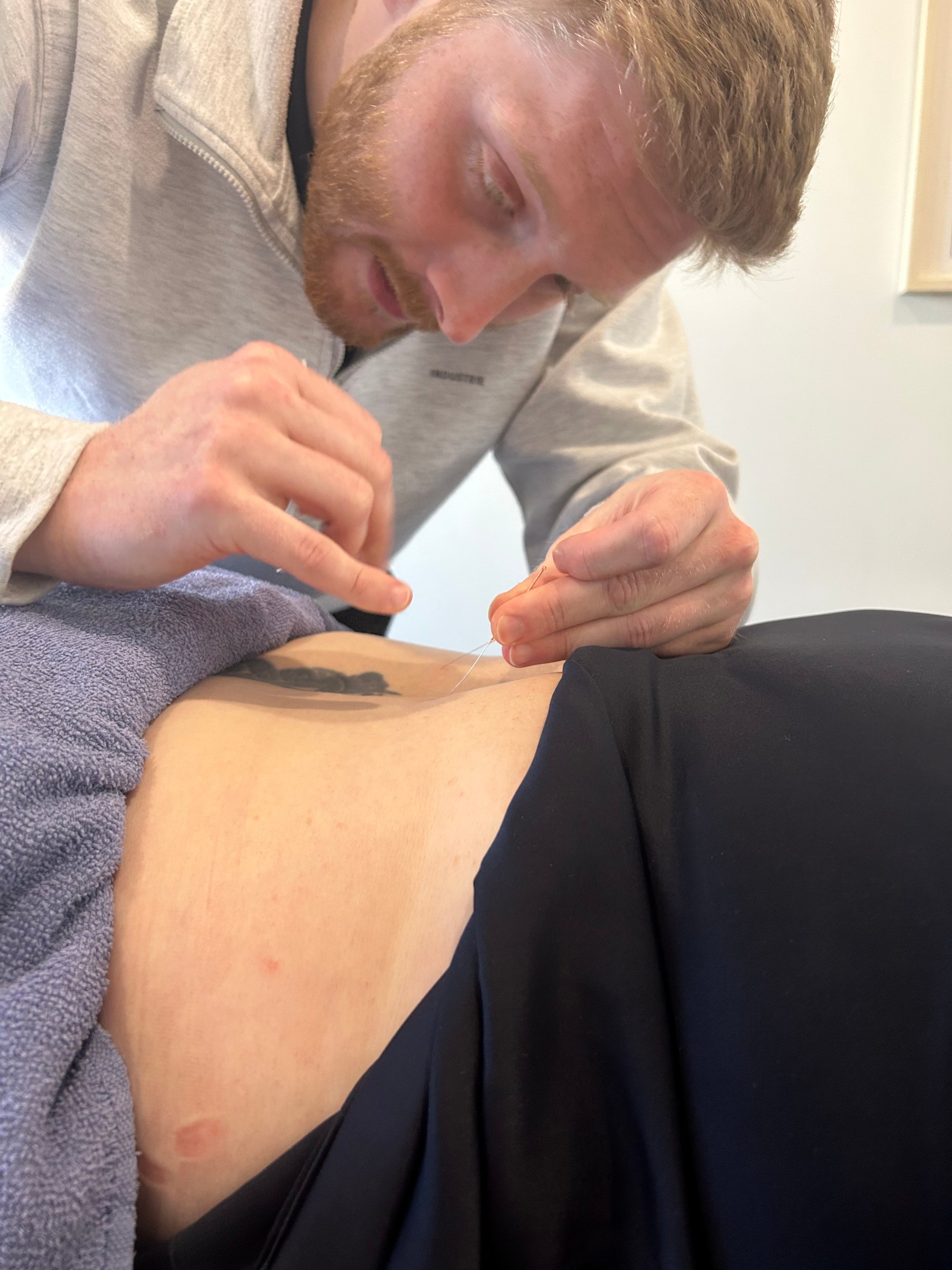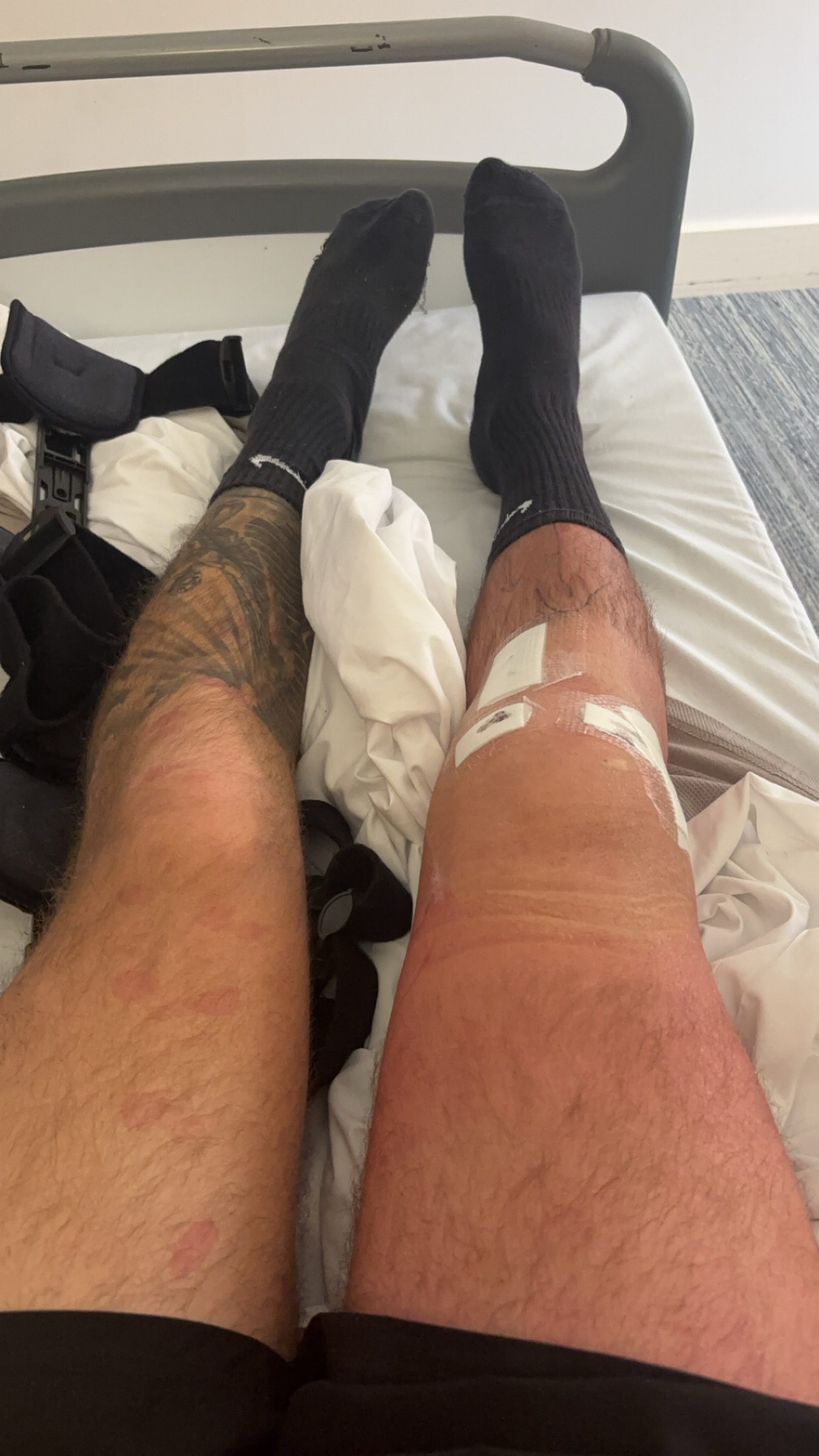Lower back pain can be more than just an occasional ache—it can disrupt your daily life, limit your mobility, and affect your overall well-being. In this blog, Samantha Clark, Senior Physiotherapist at Apex Physiotherapy, explores the most common causes of lumbar pain and how physiotherapy can offer long-term relief. From manual therapy and clinical Pilates to tailored exercise plans and postural education, discover how early intervention and expert guidance can help you move freely and confidently again.
Lumbar pain, commonly known as lower back pain, affects millions of people every year and is one of the leading causes of disability worldwide. Whether caused by poor posture, muscle strain, injury, or underlying spinal conditions, lumbar pain can severely limit your mobility and quality of life.
While medication and rest may provide temporary relief, physiotherapy plays a critical role in addressing the root cause, promoting long-term recovery, and preventing recurrence. In this blog, we’ll explore:
- What causes lumbar pain?
- How does physiotherapy help manage lumbar pain?
- Key physiotherapy techniques for lower back pain relief
- What to expect during physiotherapy treatment?
- Why does early intervention matter?
- When to see a physiotherapist?
What causes lumbar pain?

Lower back pain can result from a variety of physical and lifestyle factors, including:
- Muscle or ligament strain
- Facet joint dysfunction
- Poor posture or prolonged sitting
- Weak core muscles
- Improper lifting technique
- Underlying spinal conditions
Understanding the cause of your pain is essential for effective treatment. That’s where a physiotherapist comes in.
How does physiotherapy help manage lumbar pain?
Physiotherapy addresses lumbar pain at its source. Rather than simply masking symptoms, physiotherapists use a combination of assessment, hands-on techniques, and tailored exercise programs to:
- Relieve pain and inflammation
- Restore mobility and flexibility
- Strengthen supporting muscles
- Improve postural endurance
- Prevent future episodes of pain
Key physiotherapy techniques for lower back pain relief

-
Manual Therapy: Hands-on techniques like joint mobilisations, soft tissue massage, dry needling and spinal manipulation can reduce muscle tension, improve range of motion, and decrease pain.
-
Exercise Prescription: Targeted exercises are essential for restoring function. These may include:
-
Core strengthening exercises (e.g., bridges, bird dogs)
-
Stretching routines for hamstrings, hip flexors, gluteals and lower back muscles
-
Mobility and spinal articulation exercises
-
-
Movement Training: Learning how to sit, stand, bend and move in ways that take pressure off the spine and promote healing.
-
Education and Self-Management: Patients are empowered with knowledge about their condition, activity modification strategies, and how to prevent flare-ups.
-
Clinical Pilates / Physio-Led Pilates for Lumbar Pain: Clinical Pilates, when guided by a physiotherapist, is an effective and low-impact way to manage and prevent lower back pain. It focuses on deep abdominal strength, postural control, flexibility, and movement awareness. By strengthening stabilising muscles and improving how your body moves, Clinical Pilates helps reduce pain, support the spine, and prevent future episodes.
Learn more about our physiotherapy services
What to expect during physiotherapy treatment?
.jpg?width=4032&height=3024&name=Apex%20-%20Physio%20-%20Pelvic%20Floor%20(1).jpg)
Your physiotherapist will begin with a comprehensive assessment to understand your symptoms, movement patterns, and contributing factors. Based on this, a personalised treatment plan will be created.
Treatment often starts with pain relief and gentle movement, gradually progressing to strengthening and more functional tasks. You may also be given home exercises and ergonomic advice to support your recovery between sessions.
Most patients begin to notice improvement within a few sessions, though the total duration of treatment depends on the severity and cause of the pain.
Not sure where to begin? Let’s figure it out together.
Book a 15-minute complimentary health assessment with one of our physiotherapists and discover how we can support your goals and wellbeing.
Why does early intervention matter?
The longer back pain persists, the harder it can be to treat. Early physiotherapy intervention not only speeds up recovery but also reduces the risk of developing chronic pain or further injury. If you're experiencing lower back discomfort, don’t wait to seek help.
When to see a physiotherapist?

You should consider seeing a physiotherapist if you experience:
- Persistent or worsening lower back pain
- Difficulty bending, lifting, or walking
- Pain radiating into the hips or legs
- Stiffness that limits daily activity
- Recurring episodes of lumbar pain
Book an Appointment Today
Our experienced physiotherapists help patients recover from lumbar pain and return to the activities they love. Book an appointment online or call us today to take the first step toward lasting relief.








